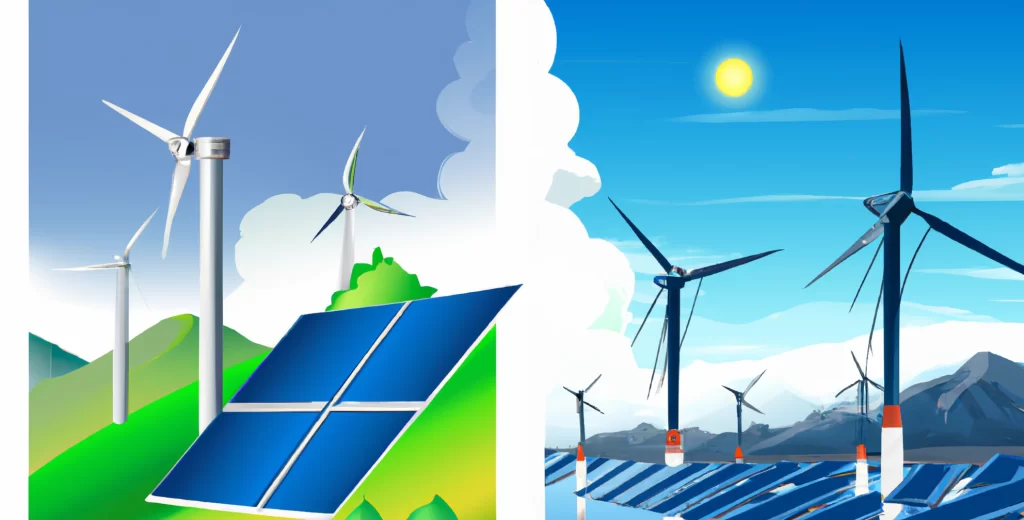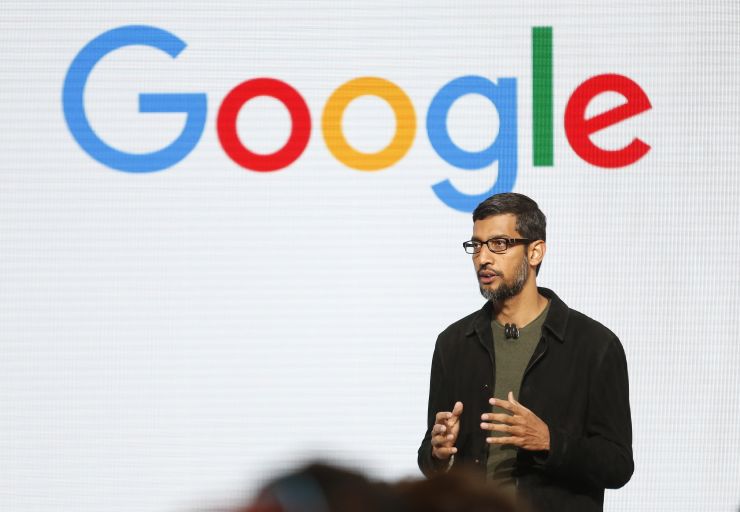
Hope springs eternal, according to Alexander Pope.
Even in the face of climate adversity, when wildfires consume hundreds of acres of supple green forest, when floods rise up and swallow entire communities, when heat and drought compromise food security and threaten human health, we want to believe that we can drive greenhouse gas (GHG) emissions from the world’s energy sector to net zero and limit global warming to 1.5 °C, or 2.7 degrees Fahrenheit.
The IEA says our deepest hope to save the planet may not be that far-fetched after all.
The organization, which describes itself “at the heart of global dialogue on energy,” released a 2023 update this week that outlines how record growth of key clean energy technologies have made significant changes to the energy landscape in just the last 2 years. While not 100% optimistic due to “increased investment in fossil fuels and stubbornly high emissions,” the update incorporates discussions of the post-pandemic economic rebound and the “extraordinary growth in some clean energy technologies.”
The Net Zero Emissions by 2050 Scenario (NZE) is a normative IEA scenario that shows a pathway for the global energy sector to achieve net zero CO2 emissions by 2050, with advanced economies reaching net zero emissions in advance of others. This scenario also meets key energy-related United Nations Sustainable Development Goals (SDGs), in particular by achieving universal energy access by 2030 and major improvements in air quality. It is consistent with limiting the global temperature rise to 1.5 °C with no or limited temperature overshoot (with a 50% probability), in line with reductions assessed in the IPCC in its Sixth Assessment Report.
What shifts are happening across the globe that lead to such hope? Countries are setting records in deploying technologies such as solar power and electric vehicles (EVs), and the IEA now projects that demand for coal, oil, and natural gas will peak before 2030. Here are the particulars in the updated NZE scenario:
- A huge policy-driven ramping up of clean energy capacity drives fossil fuel demand 25% lower by 2030.
- Emissions should fall by 35% compared with the all-time high recorded in 2022.
- By 2050, fossil fuel demand is reduced by 80%.
- The result? No new long-lead-time upstream oil and gas projects are needed, nor are new coal mines, mine extensions, or new unabated coal plants.
“Keeping alive the goal of limiting global warming to 1.5 °C requires the world to come together quickly. The good news is we know what we need to do – and how to do it. Our 2023 Net Zero Roadmap, based on the latest data and analysis, shows a path forward,” said IEA Executive Director Fatih Birol. “But we also have a very clear message: Strong international cooperation is crucial to success. Governments need to separate climate from geopolitics, given the scale of the challenge at hand.”
Suggestions for Further Progress toward 1.5 C Global Warming
Today much of the momentum is in small, modular clean energy technologies like solar PV and batteries, but these alone are not sufficient to deliver net zero emissions. By 2030 in the NZE Scenario, total household energy expenditure in emerging market and developing economies decreases by 12% from today’s level and even more in advanced economies. The decrease reflects large energy and cost savings from energy efficiency and electrification. However, policy makers need to support households, particularly low-income ones, to meet the often higher upfront costs of clean energy technologies.
It will also require:
- stronger international cooperation to limiting global warming to 1.5 °C;
- large new, smarter and repurposed infrastructure networks;
- more resilient and diverse supply chains for clean energy technologies and the critical minerals needed to make them;
- large quantities of low- emissions fuels;
- technologies to capture CO2 from smokestacks and the atmosphere;
- more nuclear power; and,
- large land areas for renewables.
The world is set to invest a record $1.8 trillion in clean energy in 2023. This needs to climb to around $4.5 trillion a year by the early 2030’s to be in line with the NZE pathway. Clean energy investment, the IEA reminds us, is paid back over time through lower fuel bills. In fact, the IEA anticipates that, by 2050, energy sector investment and fuel bills will be lower than today as a share of global GDP.
The sharpest jump in clean energy investment is needed in emerging market and developing economies other than China, where it surges 7x by the early 2030s in the NZE Scenario. This will require stronger domestic policies together with enhanced and more effective international support. Annual concessional funding for clean energy in emerging market and developing economies will need to reach around $80-$100 billion by the early 2030’s, according to the update.
Final Thoughts about How Clean Energy Gives Us Hope for the Future
The Net Zero Emissions by 2050 Scenario is built on the following principles:
- The uptake of all the available technologies and emissions reduction options is dictated by costs, technology maturity, policy preferences, and market and country conditions.
- All countries co-operate towards achieving net zero emissions worldwide. This involves all countries participating in efforts to meet the net zero goal, working together in an effective and mutually beneficial way, and recognizing the different stages of economic development of countries and regions and the importance of ensuring a just transition.
- An orderly transition across the energy sector. This includes ensuring the security of fuel and electricity supplies at all times, minimizing stranded assets where possible, and aiming to avoid volatility in energy markets.
The update concedes that continued investment will be required in some existing oil and gas assets and already approved projects. “Sequencing the increase in clean energy investment and the decline of fossil fuel supply investment is vital,” the update admonishes, “if damaging price spikes or supply gluts are to be avoided.”
In a Delayed Action Case that the report examines, a failure to expand clean energy quickly enough by 2030 means nearly 5 billion tons of carbon dioxide would have to be removed from the atmosphere every year during the second half of this century. If carbon removal technologies fail to deliver at such scale, returning the temperature to 1.5 °C would not be possible.
We need to make sure that the world’s highest-emitting sectors — power, buildings, industry, transport, forests and land, and food and agriculture — step up their games and begin to act in line with the NZE scenario. We who hope that the 2050 pathway is achievable hold to the concept that, if properly nurtured with supportive policies, adoption of zero-carbon power technologies have the wherewithal to continue to follow a nonlinear trajectory and scale up much faster than in the past.
























